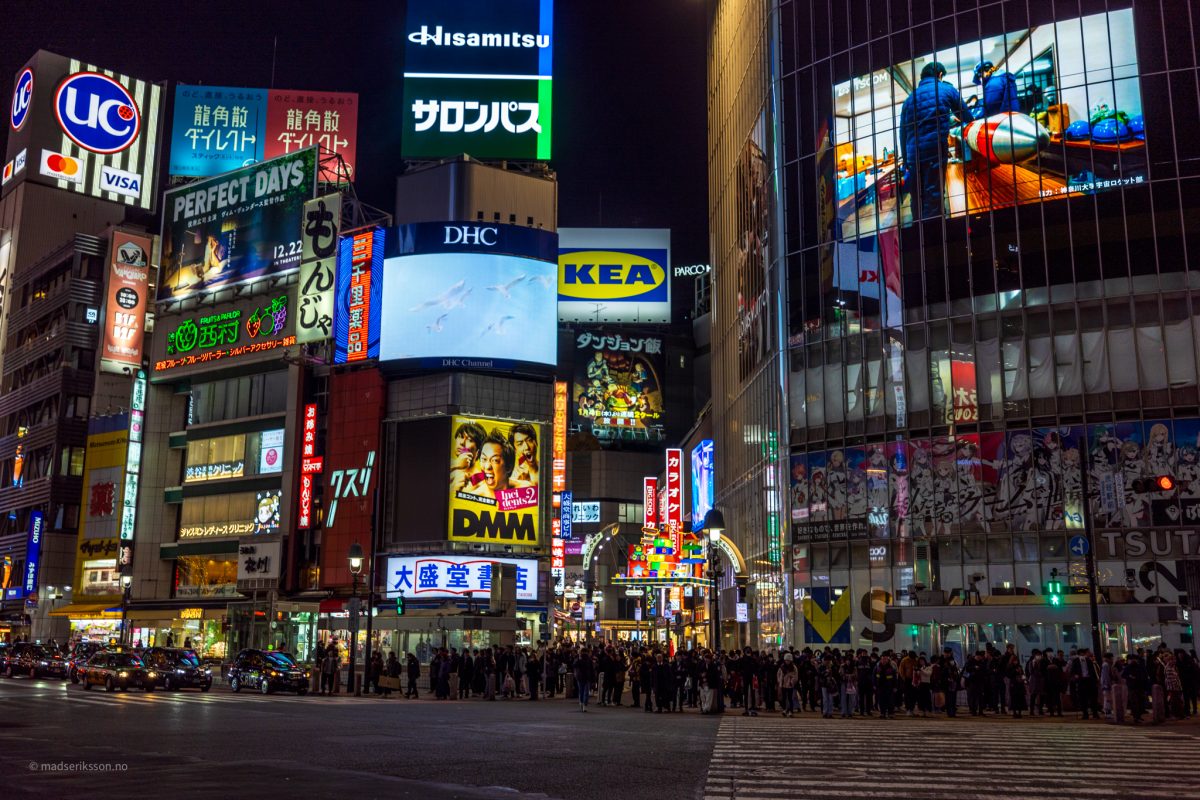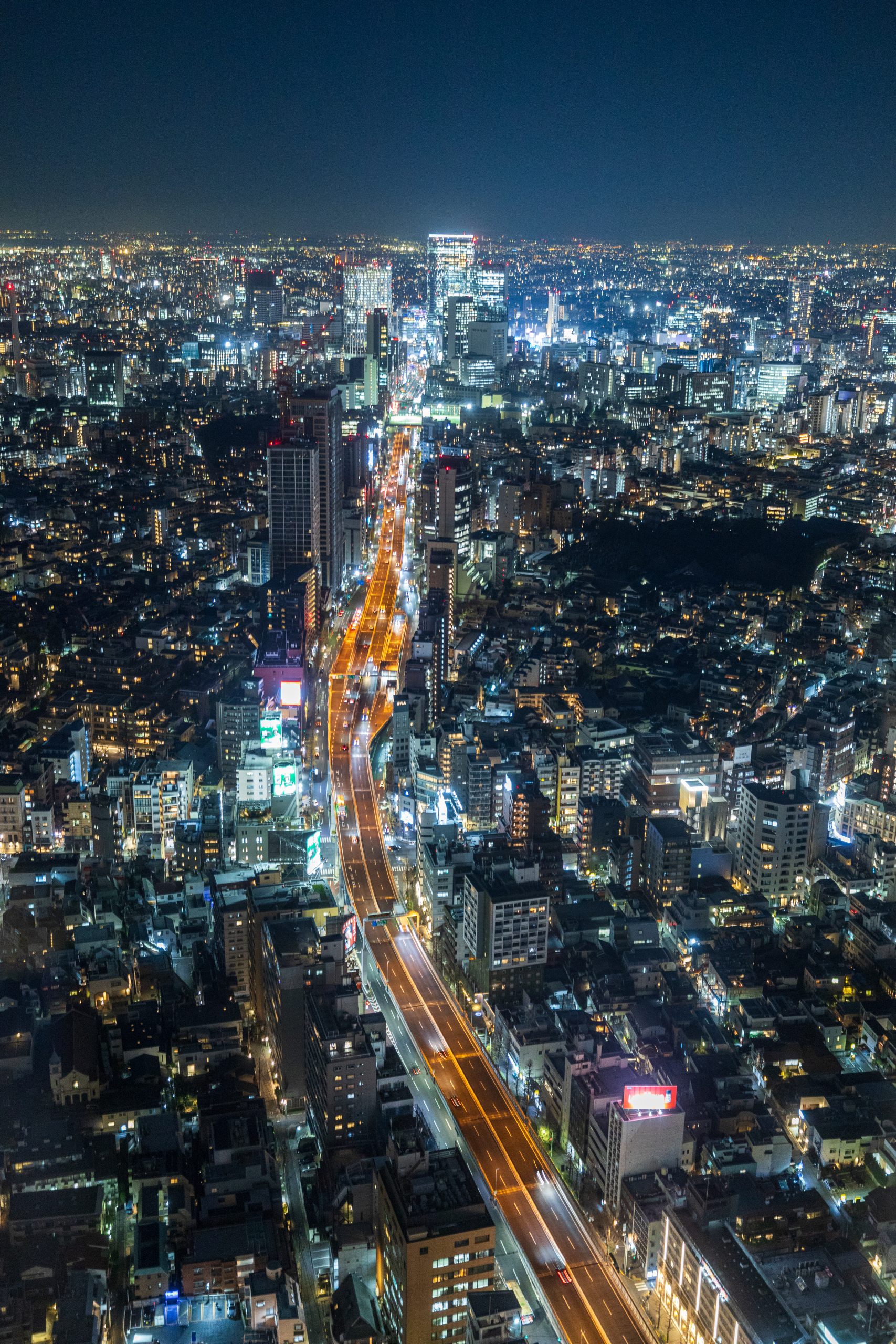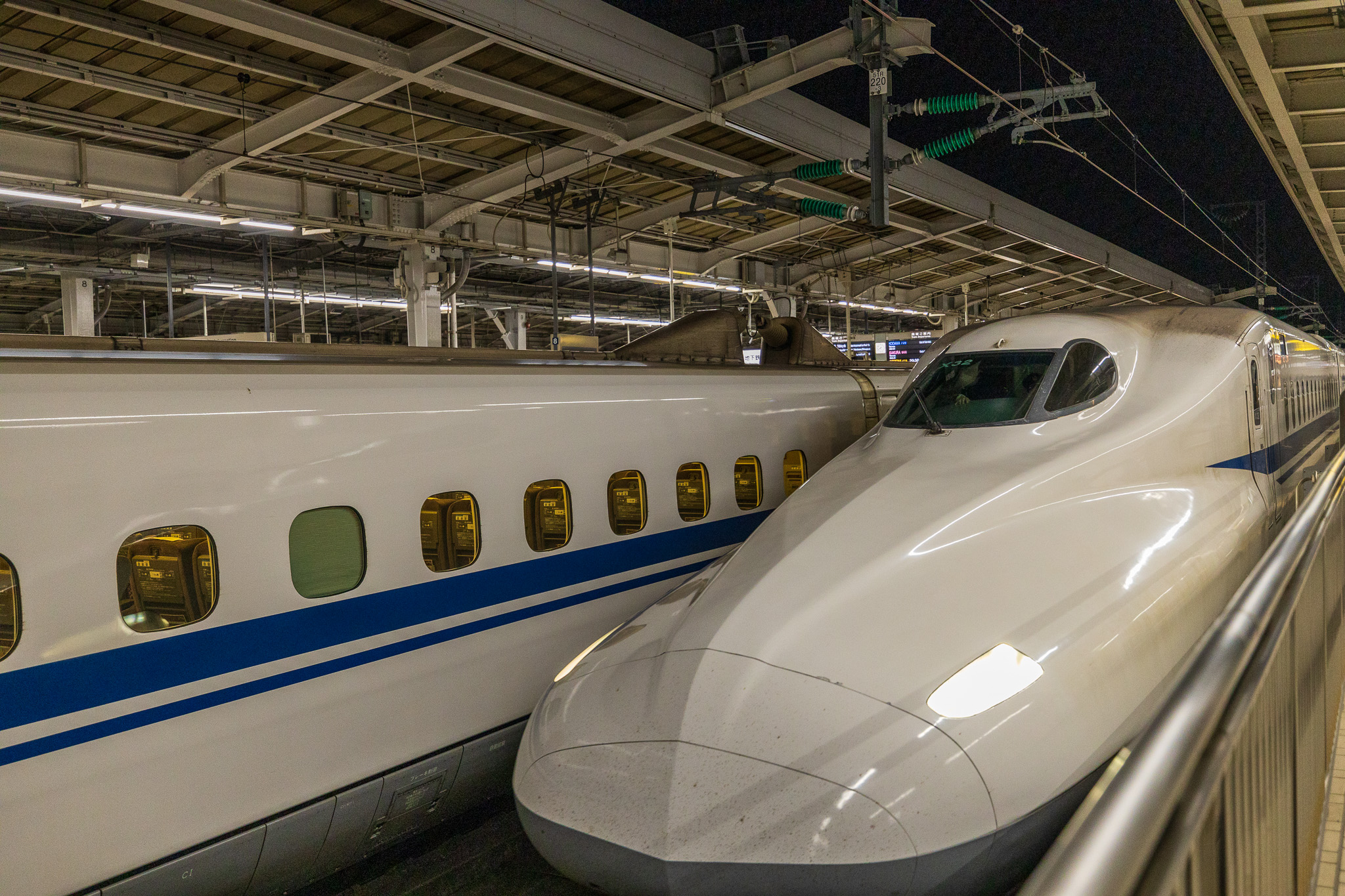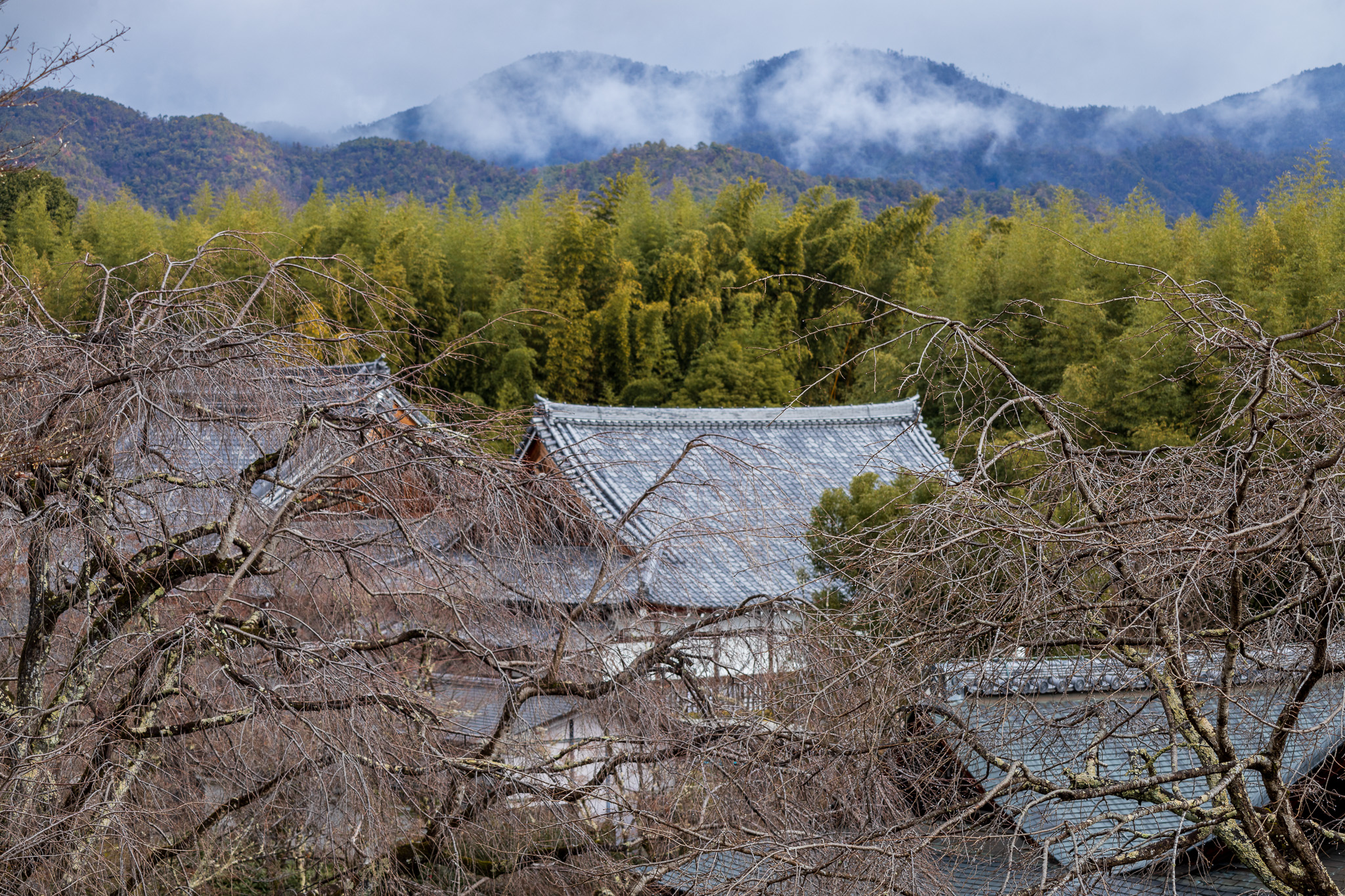Shibuya Crossing, often touted as the world’s busiest pedestrian intersection, is a vibrant symbol of Tokyo’s dynamic urban life. Located in front of the Shibuya Station, this iconic crossing attracts thousands of pedestrians daily and serves as a focal point for both locals and tourists alike.

The history of Shibuya dates back to the Edo period when it was primarily a rural area. It transformed into an important commercial district during the Meiji era (1868-1912). The construction of the Shibuya Station in 1885 marked a significant turning point, paving the way for rapid urbanization. Today, Shibuya is known not just for its bustling crossing but also as a cultural hub filled with shopping centers, restaurants, and entertainment venues.
Every time the traffic lights turn red at Shibuya Crossing, hundreds—if not thousands—of people pour onto the street from all directions. The sight is mesmerizing; it feels like watching synchronized choreography unfold before your eyes. Pedestrians navigate through each other while neon advertisements illuminate their path—a true reflection of Tokyo’s fast-paced lifestyle.
The best time to experience this spectacle is during peak hours—typically around rush hour in the morning or evening—when commuters flood into and out of one of Japan’s busiest areas. For those who prefer quieter moments, visiting late at night or early morning offers a different kind of charm where you can appreciate its beauty without overwhelming crowds.
Shibuya Crossing has become more than just an intersection; it’s an emblematic representation of modern Japan’s hustle culture. Numerous films, television shows, and commercials have featured this landmark due to its unique atmosphere that encapsulates city life in Tokyo.
Moreover, it symbolizes connectivity—not only geographically but also socially—as people from various walks of life intersect here every day. Whether you’re young students heading to school or business professionals rushing to meetings, everyone shares this space momentarily before parting ways again.
Nearby Attractions
Visiting Shibuya isn’t complete without exploring nearby attractions:
- Hachiko Statue: Just outside the station lies a bronze statue dedicated to Hachiko—the loyal Akita dog who waited for his owner daily even after he passed away.
- Shopping Destinations: From high-end boutiques at Omotesando Hills to trendy shops in Center Gai Street and department stores like Tokyu Hands and Parco Plaza—you’ll find something for everyone.
- Cafés & Restaurants: Indulge yourself with delicious Japanese cuisine or international dishes available within walking distance from the crossing.
- Nightlife: As night falls over Tokyo’s skyline illuminated by colorful lights reflecting off towering buildings—the nightlife around Shibuya comes alive with bars offering everything from karaoke experiences to themed cafés.
Whether you’re standing amidst throngs at rush hour or snapping photos from above on surrounding buildings like Starbucks’ famed second-floor viewing area—it’s undeniable that experiencing Shibuya Crossing is essential when visiting Tokyo. This remarkable intersection captures not just physical movement but also embodies cultural exchange—and ultimately represents what makes cities thrive—a constant ebb and flow between lives intertwined within them.
So next time you’re planning your visit to Japan’s capital city—be sure to include this iconic spot on your itinerary!




